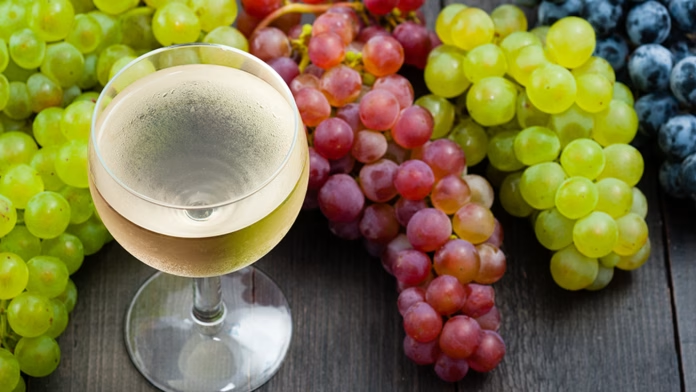Grapes used for winemaking are not the same as those eaten as fresh fruit. The grapes used for wine production are known as Vitis vinifera, a species of grapevine native to Europe, and have been selectively bred over centuries for their unique characteristics such as high sugar content, specific acidity, and tannins.
This selective breeding has led to the development of numerous grape varieties that are well-suited for winemaking, each with its unique flavor profile and characteristics.
The process of making wine is a complex and intricate one, and grapes provide the perfect balance of sugars, acids, and tannins needed to create a high-quality wine. The process involves crushing the grapes, fermenting the juice, and aging the wine in barrels or bottles for an extended period.
The different grape varieties are chosen based on the desired style of wine, and each grape type contributes to the overall flavor, aroma, and body of the wine. Therefore, grapes are used primarily in the wine industry because they have the ideal combination of characteristics that make for excellent wine.
Another reason why grapes are more popular for wine production is that wine has been a significant cultural and social beverage for centuries. Wine has been used for religious ceremonies, and celebrations, and as a symbol of social status in various cultures worldwide. The appreciation for wine as a cultural product has led to a robust market for wine, driving demand for the raw material, i.e., grapes. The high demand for wine has, in turn, led to the development of specialized wineries and vineyards that focus solely on the production of high-quality wine grapes.
Additionally, grapes are ideal for wine production because they can grow in different climates and soil types. Wine grapes can be grown in both temperate and hot climates, with some varieties able to thrive in cold temperatures as well. This adaptability means that wine grapes can be grown in many different parts of the world, with each region’s grapes contributing to unique flavours and characteristics. This regional differentiation is an essential factor in the wine market, as it allows for the production of many different styles and types of wine, each with its unique flavor profile.
In contrast, fresh grapes have a shorter shelf life and can be challenging to transport over long distances. Grapes grown for fresh consumption are often grown to be sweeter and juicier and may not be well-suited for long-term storage. Therefore, grapes used for winemaking are more practical for large-scale production and distribution.
Therefore, while grapes are commonly consumed as a fruit, their primary use in wine production is essential to the wine industry’s success





